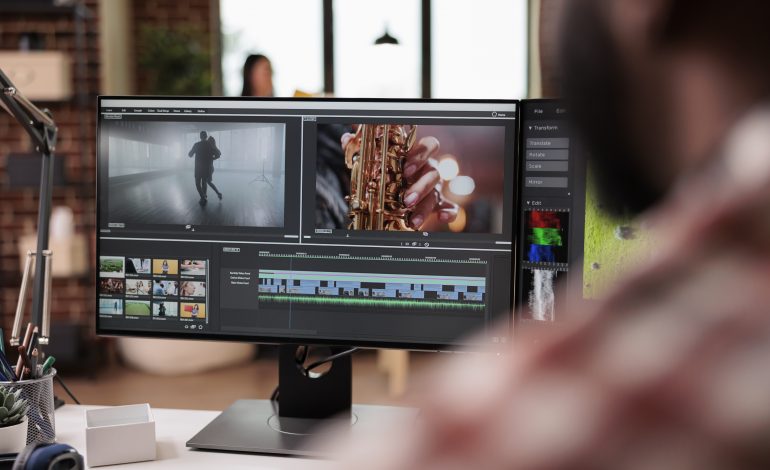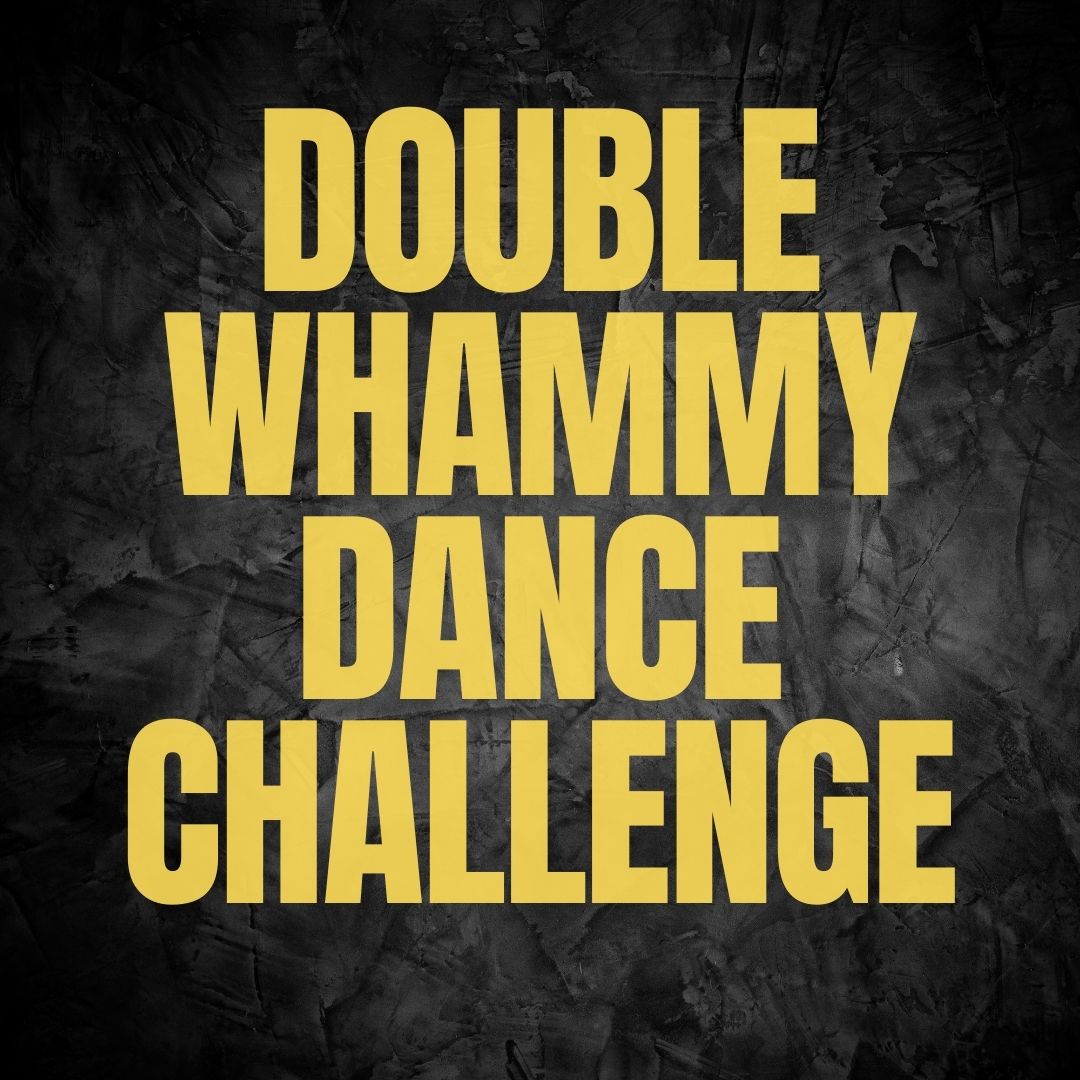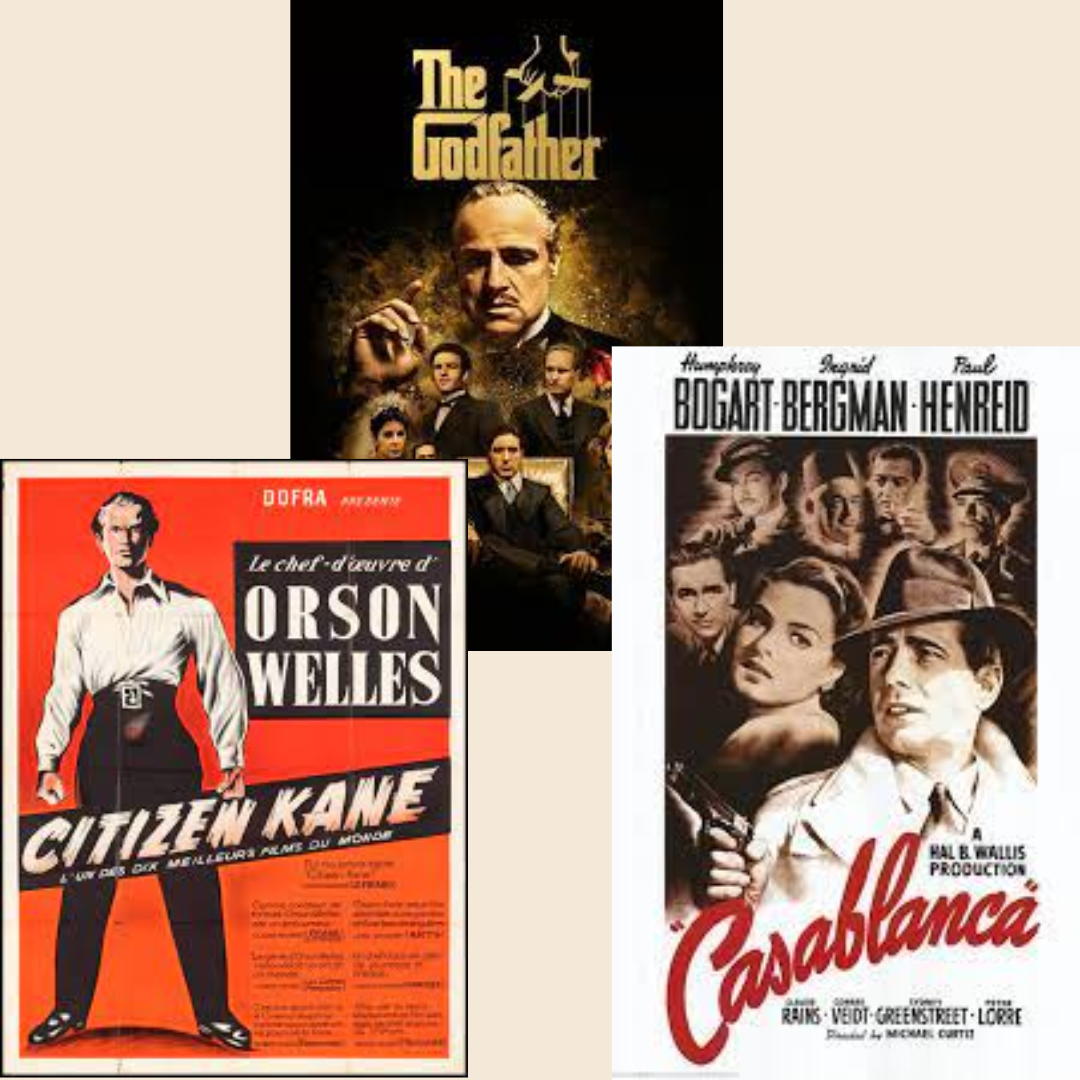
Cinematography Techniques Every Filmmaker Should Know
When it comes to filmmaking, cinematography stands as one of the most vital elements, often referred to as the language of visual storytelling. It’s the art and science of capturing moving images, setting the tone, enhancing the narrative, and evoking emotions through the manipulation of light, camera angles, composition, and movement.
Whether you’re an aspiring filmmaker or a seasoned professional, mastering cinematography techniques is essential to elevating your craft. In this masterclass, we’ll delve into some fundamental techniques every filmmaker should know to harness the power of visual storytelling.
Understanding Composition
Composition is the foundation of cinematography. It involves arranging elements within the frame to create visually compelling images. Techniques such as the rule of thirds, leading lines, and framing help draw the audience’s attention to key elements and convey meaning. Experimenting with different compositions can add depth and visual interest to your shots, enhancing the overall cinematic experience.
Harnessing Light
Light is the essence of cinematography, shaping the mood, atmosphere, and aesthetic of a scene. Understanding the qualities of light intensity, direction, colour, and quality is crucial. Techniques like three-point lighting, natural lighting, and chiaroscuro can be employed to create dramatic effects or subtle nuances, depending on the desired emotional impact.
Mastering Camera Movement
Camera movement is a powerful tool for storytelling, allowing filmmakers to control the pace, perspective, and dynamics of a scene. Techniques such as pans, tilts, dollies, and Steadicam shots can add dynamism, fluidity, and depth to your storytelling, immersing the audience into the narrative world and guiding their visual journey.
Establishing Visual Continuity
Visual continuity ensures a seamless flow of images, maintaining coherence and clarity throughout the film. Techniques such as shot-reverse shot, match cuts, and eyeline matching establish spatial relationships between characters and locations, enhancing the audience’s understanding of the narrative and fostering emotional engagement.
Embracing Visual Metaphors
Visual metaphors are powerful storytelling devices that convey complex ideas and emotions symbolically. By using imagery and symbolism, filmmakers can communicate themes, character arcs, and subtext in a subtle yet impactful manner. Experimenting with visual metaphors opens up a realm of creative possibilities, enriching the cinematic experience and inviting deeper interpretation.
Read also: Nigeria’s AFCON 2024: Triumphs, Turbulence and Touchdowns
Crafting Cinematic Transitions
Transitions serve as the connective tissue between scenes, facilitating smooth transitions in time, space, and mood. Techniques such as cuts, fades, wipes, and transitions can enhance narrative flow, create visual rhythm, and evoke emotional resonance. Thoughtful use of transitions adds polish and sophistication to your film, elevating it from mere footage to cinematic art.
Cinematography techniques is not merely about capturing images; it’s about crafting visual poetry that speaks to the soul. By mastering these fundamental techniques, filmmakers can unleash their creative potential, enriching their storytelling and captivating audiences worldwide. So, whether you’re shooting on a professional cinema camera or a smartphone, remember that the essence of cinematography lies in your vision, creativity, and passion for the art of visual storytelling. Embrace these techniques, experiment fearlessly, and let your imagination soar. The cinematic world awaits your masterpiece.





